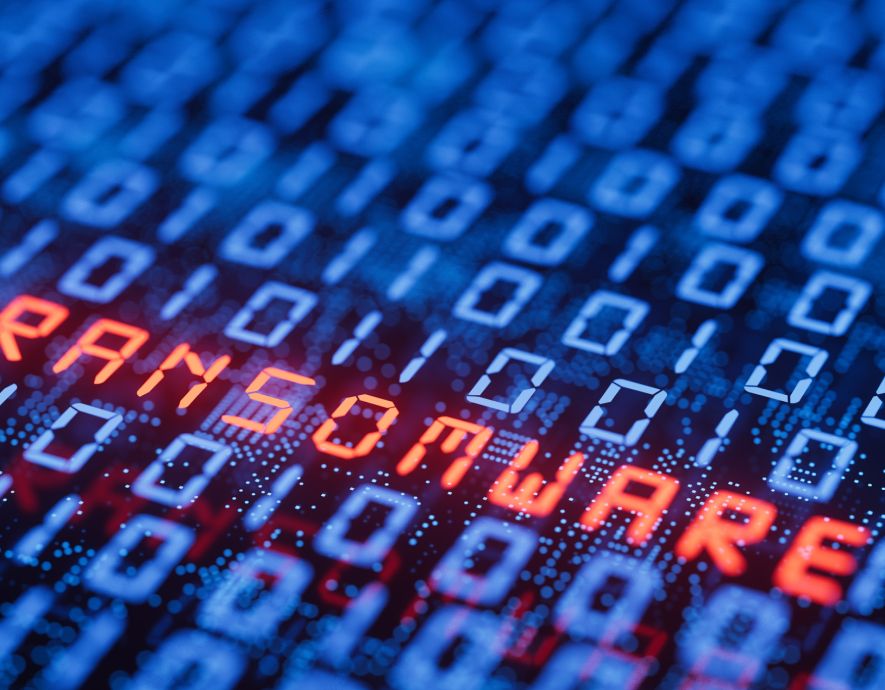
- Home
- Cybercrime
- Killware puts people’s lives at risk
Killware puts people’s lives at risk


Unlike conventional malware, killware is not intended to manipulate data or damage hardware, but to specifically injure or kill people. Many experts believe that killware will play a major role in cybersecurity in the future.
While hackers used to focus on causing financial damage, there are more and more attackers who focus on causing physical damage, which in the worst-case scenario can also lead to the death of people, unintentionally or on purpose. Terrorists are also focusing on modern technologies and want to use our advances against us and our free democratic world through killware. Therefore, killware is not about money, but about human lives.
The digitalization also poses dangers to our lives and health
With more widespread digitization and automation in all areas of human life, there are many opportunities for criminals to use killware. Examples include robots, autonomous cars and drones, smart homes and smart factories, and many other scenarios. Transportation infrastructures such as traffic lights, digital traffic signs, and bus and train control systems are also at risk, as well as flight control systems.
Our infrastructure is becoming increasingly digitized and automated. Power plants, substations, waterworks and many other critical infrastructures represent a major gateway. Last year, hackers attacked a hydroelectric plant in Oldsmar, Florida. In doing so, the attackers not only wanted to sabotage the plant, but specifically tried to pollute the water to harm citizens. Although officials were able to prevent the attack, the attacker was not found. No financial or political demands were made in the attack. The sole purpose was to hurt the citizens.
Governments are alarmed, but do not yet have a comprehensive strategy against killware
The attack in California was not the first of its kind, however. There have been numerous such incidents in 2021, so various agencies are investigating together. The attacks have largely focused on water and wastewater utilities, compromising power plant networks. However, Homeland Security also says in this regard that not only hydroelectric plants are among the terrorists’ targets, but also all other infrastructures, through which people can also be targeted for injury or death.
The Federal Bureau of Investigation (FBI), Cybersecurity and Infrastructure Agency (CISA), Environmental Protection Agency (EPA), and National Security Agency (NSA) are jointly advising on these new cyberattacks on state and city infrastructure.
Autonomous vehicles pose a major threat when killware is used
With the boom of autonomous vehicles, attackers can cause great damage with killware if the vehicles are not adequately protected from killware. Security vulnerabilities in the vehicles can have devastating consequences. Unlike conventional malware, such gaps cannot simply be closed and the resulting damage compensated for. If people are harmed or die, the damage cannot be undone. Security gaps will therefore play an even more important role in the future, and corporate security experts will have to close them quickly to avert danger to people.
In our modern world, there are hardly any electrical devices that are not digitally controlled. If terrorists manage to take over vehicles and steer them into crowds or oncoming traffic, numerous people can also be injured or killed, not just drivers of the vehicles. Killware thus endangers not only users of digital products, but all people who may come into contact with them.
Gartner expects killware attacks to increase significantly in the next few years.
Should we worry about our devices because of killware?
Currently, killware is mainly focused on computers of critical infrastructure services. Conventional PCs and notebooks are not the focus of attackers. However, it is to be expected that autonomous vehicles will also become a target for attackers more frequently in the future. Owners of such vehicles should find out possible security optimizations that they can implement themselves. In most cases customers must rely on the provider to program its devices as securely as possible so that killware doesn’t stand a chance.
Citizens don’t have to worry about their personal devices, but cities and countries need to make sure that infrastructure can’t be used against people by killware, but is adequately protected. Large organizations spend a lot of money on anti-virus and firewalls to protect infrastructure. Attackers therefore already have a hard time damaging infrastructure with killware. However, it is certain that terrorists and cybercriminals will continue to try to attack our infrastructure with killware in order to cause as much damage as possible.
Successful fight against killware: preventing mistakes
The main factor in successful malware attacks is almost always human error. Therefore, protection against killware for organizations that operate critical infrastructure begins with training employees and preventing human error. Of course, the IT infrastructure must also be optimally protected against viruses and hackers. This includes modern security technologies, firewalls and regular updates.
It also includes improved approaches to security. Network connections in critical infrastructures do not always have to be active. Remote tools and other connections should be turned off when they are not necessary. In most cases, network connections are not necessary all the time, but only temporarily. Therefore, connections should also be disconnected when they are not currently needed.
A basic protection against malware of any kind, including killware, is provided by modern and updated virus scanners. Use strong passwords and change them regularly. Do not use the same passwords for multiple services. And most importantly, do not click on all the links you are shown and receive via email. Inboxes in email inboxes are the most common gateway for hackers.
the newsletter
the newsletter



